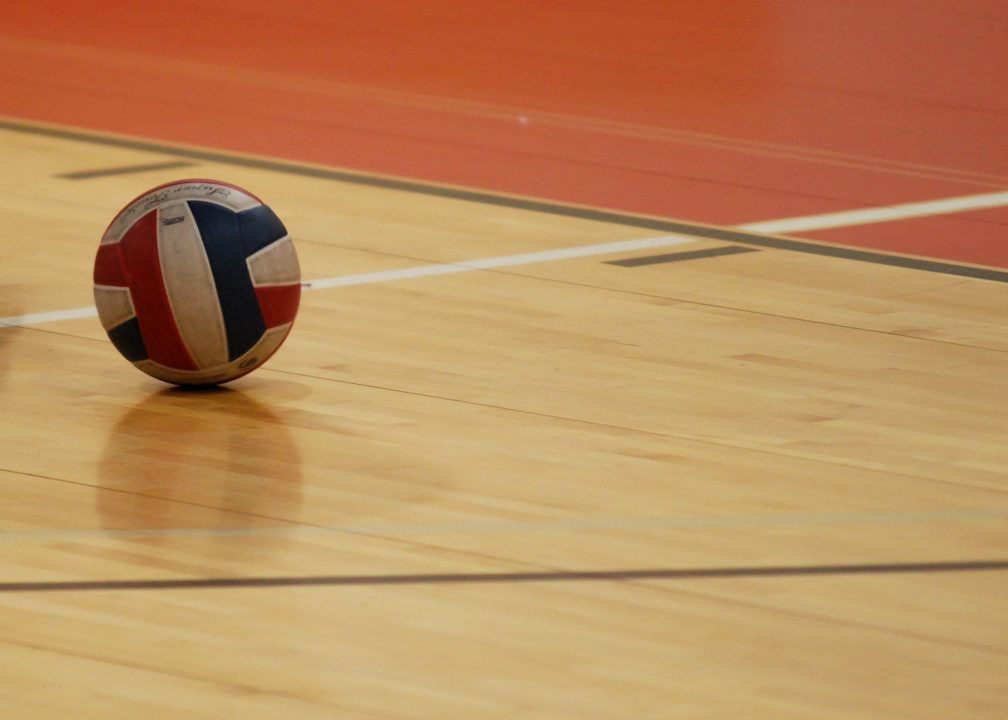Ten years ago, high school sports in Michigan changed dramatically, thanks to a gender-equity lawsuit filed in 1998 by volleyball parents Diane Madsen and Jay Roberts-Eveland. Following a ten-year battle, including two appeals to the U.S. Supreme Court, federal judge Richard Enslen approved a plan which included moving several sports with “disadvantaged seasons” to a season which would align their sports seasons with other states as well as the NCAA calendar. Enslen particularly mandated that no plan would be approved unless it included a concession moving volleyball from the spring to the fall. At the time, Michigan was the only state in the country in which volleyball was played in the spring.
Beginning in 2007-08, volleyball officially became a fall sport in the state of Michigan. For most, the fact that the high school programs were not playing volleyball in the fall is the only aberration worth noting. For some, however, the shift from a spring to fall playing season was not about gender equity or Title IX considerations, but about school vs. club sports.
According to basketball coaches such as Saginaw Heritage girls basketball coach Vonnie DeLong, “What the big-time volleyball people wanted was the type of season the girls basketball people had. The volleyball people got what girls basketball had by making it a Title IX argument. It wasn’t about Title IX. Everybody knew that, but that’s the only way they could get it changed.”
Before the change in the seasons, Michigan athletes were only able to participate in club volleyball following the end of their high school season in April. Now, the season begins on August 17th and runs through November 17th. Athletes are able to participate in a full competition season for their club team, including all of the big-name USAV National Qualifiers and JVA Championships. Though recruiting happens frequently at the high school level, a great number of colleges focus on recruiting players from larger tournaments due to limited recruiting dates or budgets.
Proponents for the change included longtime University of Michigan coach Mark Rosen. According to Rosen, “Before that lawsuit happened, the top volleyball players felt they were disadvantaged because they weren’t recruited. The court provided justice for our sport.”
As a result, the move has created more opportunities for the Michigan players to play year-round. One positive byproduct has been the creation a number of nationally prominent clubs, such as Legacy and Michigan Elite. Statistics were not kept as to the total number of Michigan high school volleyball players who are playing in college now as compared to ten years ago, though the emergence of elite club programs speaks to the improvement of the level of play as a whole.
Though most agree that the change has been positive for volleyball, several opponents to the federal ruling persist. Most notably, Michigan high school basketball coaches argue that the move has been detrimental to Michigan athletics in that it is now difficult, if not impossible to play multiple sports at the high school level.
Due to overlaps in club volleyball and club basketball, there are fewer players choosing to play multiple sports, which they believe has affected both sports detrimentally. Though volleyball participation numbers for 2017-18 were slightly lower than in 2006-07, the overall number of sports participant has dropped in the state as well. Volleyball dropped from 21,545 to 19,416, while girls basketball dropped from 19,140 to 15,464 during that timeframe.
Other opponents argue that the change was not to benefit the players, but to benefit the club system for each sport. For Michigan High School Athletics Association executive director Jack Roberts, the suit was not about creating opportunities for athletes, but placed more of an emphasis on creating opportunities for elite-level athletes instead of focusing on the greater good. Roberts stated, “Getting a college scholarship is nice, but it’s a statistical anomaly. To base your philosophy on a statistical anomaly damages the reasons for high school sports to exist.”
Regardless of opponents, the change has aligned Michigan with the rest of the country, and has created opportunities for players to play club at a nationally competitive level if they so desire. Moving the high school season to fall has created an environment in which both can coexist and supplant each other, rather than having club and high school seasons directly conflict and forcing players to choose one or the other.

Leave a Reply